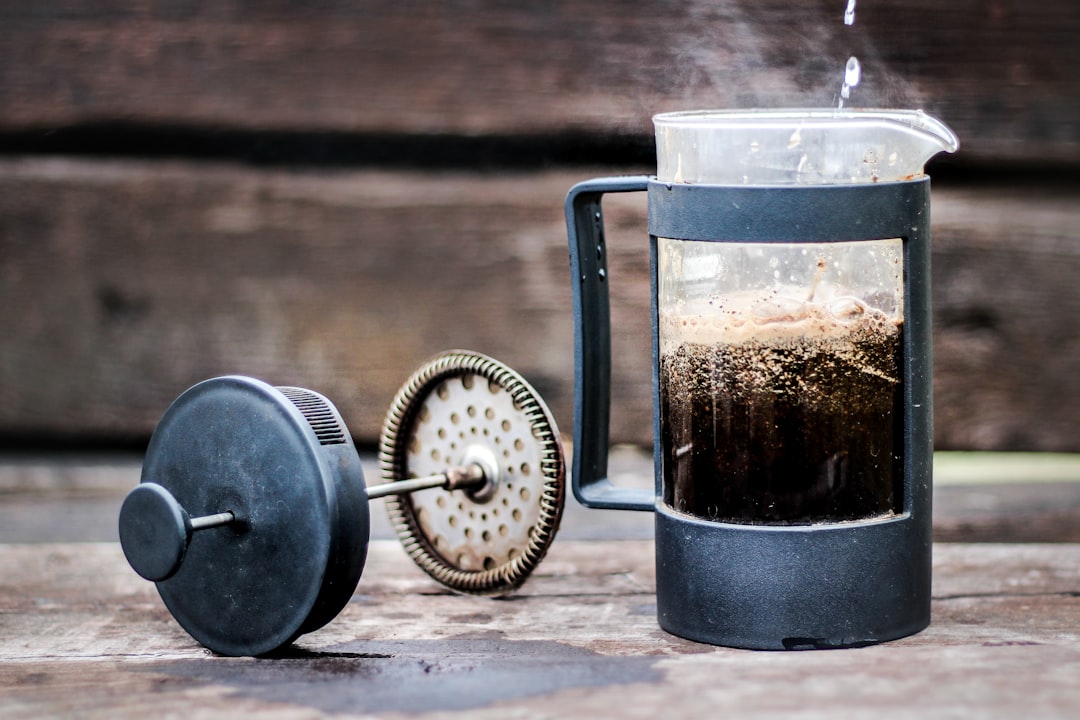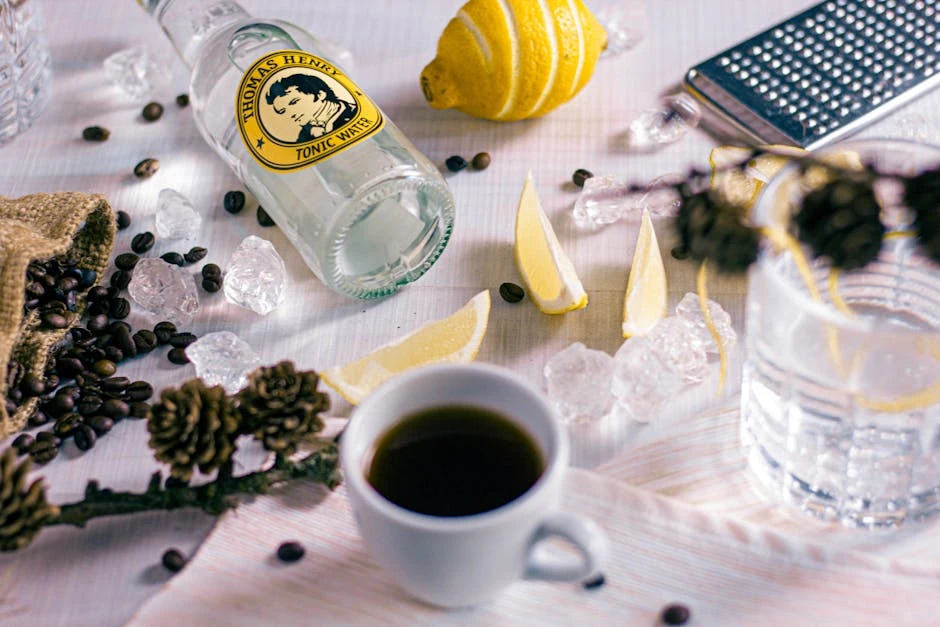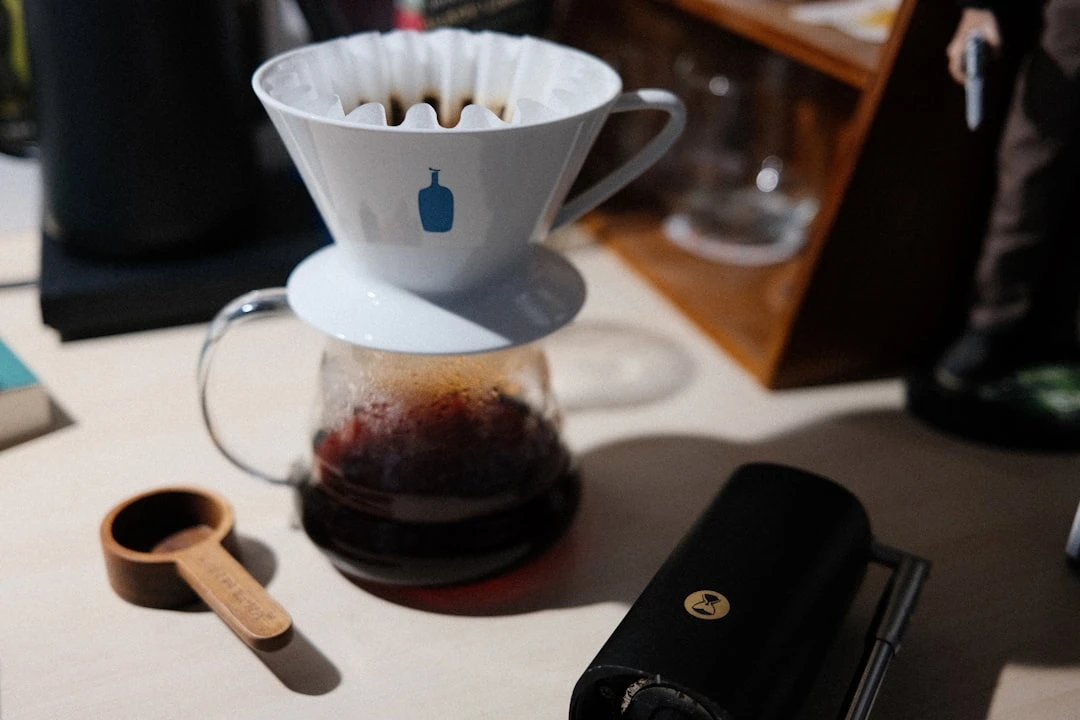How to Make Perfect French Press Coffee: A Step-by-Step Guide
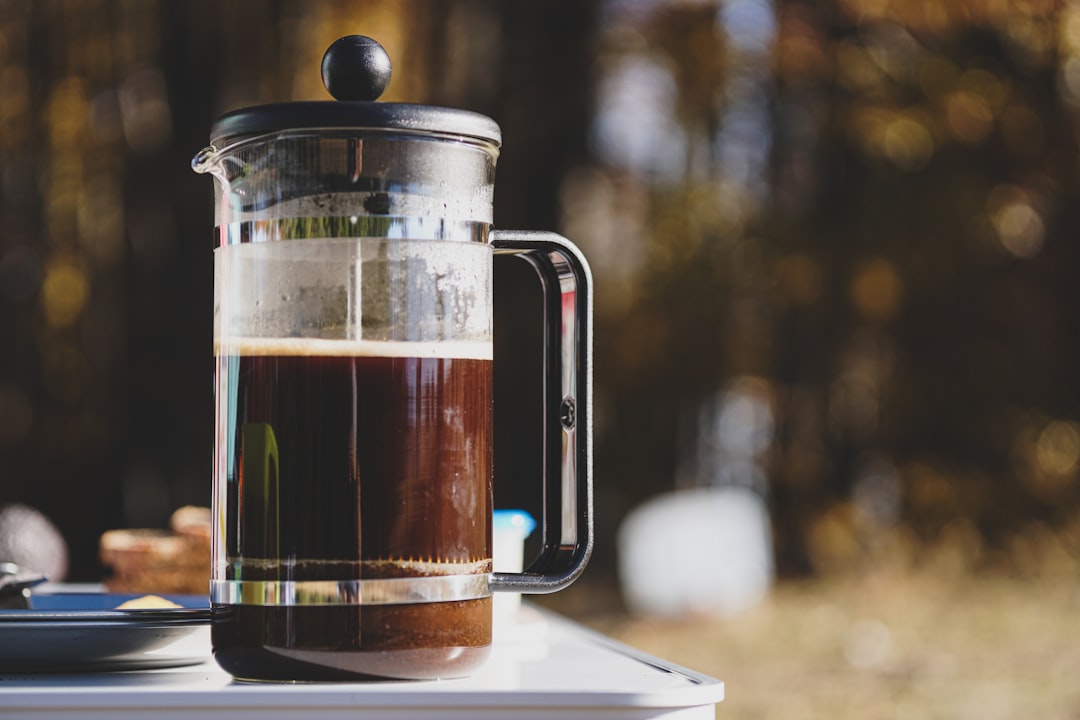
Or, you know—whatever you call it. Cafetière à piston, coffee plunger, which your friend insists makes the best brew. However it lands in your vocabulary, one thing’s clear: it’s dead simple, and it makes a cup of coffee that’s rich, full-bodied, and unapologetically real. No fussy machines here—just hot water and time, letting the grounds steep until every last bit of flavor unfurls. No wonder coffee lovers keep coming back to it. There’s something almost rebellious about how straightforward it is.
Here’s a twist, though: the French press? Not entirely French. Yeah, it started there in the 1800s, but an Italian had to swoop in and tweak it. Of course. At its heart, it’s just a carafe—glass or steel—a mesh plunger, and a lid. Nothing fancy. But that’s the beauty of it. You’re in charge—the steep time, the water temp, the little choices that turn a routine into a ritual.
What gets me is how adaptable it is. Craving something bold? Go dark roast. Want to tease out brighter notes? Try a lighter bean, adjust the grind, play with the clock. The metal filter doesn’t hold back—oils, fine particles, all of it ends up in your cup, giving it that extra heft. But—fair warning—push it too far, and you might veer into bitter or gritty. It’s a dance, not a science.
No cords, no complicated cleanup, just coffee the way it was meant to be. Whether you’re just starting out or you’ve been brewing for years, the French press meets you where you are. And somehow, it always feels like coming home.
How to Pick the Perfect Gear & Beans for Your French Press
Alright, let’s talk French press coffee. You want something rich, smooth, and worth waking up for—not some watery letdown. Here’s the thing: it starts with the right gear. Skip the cheap stuff, or you’ll regret it by the second sip. Here’s what actually works:
- The French Press – Go solid. Thin glass cracks too easy, and a wobbly filter means grit in your cup. Stainless steel or heavy-duty glass, with a tight mesh screen—that’s the move. A liter’s perfect: enough for you, or for you and your future self.
- Coffee Beans – Fresh is non-negotiable. Whole beans, ground just before brewing—coarse, like sea salt. Light roast? Bright and tangy. Dark roast? Deep and smoky. Your call.
- Grinder – That old blade grinder? It’s basically a bean shredder. Burr grinders keep things even, so your coffee tastes like coffee, not bitterness in a mug.
- Water – If your tap water tastes like chlorine, guess what your coffee will taste like? Filter it. And heat it to just below boiling—too hot scorches the beans, too cold leaves ‘em flat.
- Scale & Timer – Guessing is for carnival games. Measure your beans and water (try 1 part coffee to 15 parts water), steep for four minutes, and let the magic happen.
- Stirring Spoon – Wood or metal. Plastic can leave a weird aftertaste, like licking a lunch tray. Hard pass.
Here’s the truth: good coffee isn’t luck. It’s fresh beans, decent gear, and a little patience. Pre-ground? Might as well drink yesterday’s brew. Nail this, and every morning feels like a win.
How to Make French Press Coffee (the Lazy Perfectionist’s Way)
Alright, French press coffee—sounds a little fancy, but truth be told? It’s the simplest way to brew something that actually tastes like coffee. No gadgets, no drama. Here’s how I do it (and yeah, sometimes I screw it up, but we’ll cross that bridge when we get there):
- Heat the Water – Don’t let it go full volcano—just until it’s almost boiling, when tiny bubbles start gathering at the bottom of the kettle. Too hot, and your coffee’s gonna taste like burnt dreams.
- Grind the Beans – Coarse, like sea salt, not flour. Seriously, sludge is nobody’s friend. I usually go for two heaping tablespoons per cup, but hey, tweak it depending on how much of a zombie you are.
- Warm Up the Press – Toss in some hot water, give it a lazy swirl like you’re a barista in your PJs, then dump it. Think of it as preheating, but for people who pretend they’re coffee connoisseurs (guilty).
- Bloom Time – Dump in the grounds, then pour just enough water to soak ’em all. Wait 30 seconds—it’ll puff up and hiss like it’s plotting something. That’s the flavor getting ready to shine.
- Pour the Rest – Slow and easy, like you’re pouring out your heart. Give it one lazy stir with a chopstick (or a spoon, or your finger—no judgment).
- Wait. Or Don’t. – Lid on, plunger up. Four minutes is the magic number, but I’ve left it for… longer. Strong? Absolutely. Bitter? Possibly. Live and learn.
- Press & Bail – Push the plunger down with confidence, but don’t go Hulk on it. Pour right away unless you’re into coffee that could double as motor oil.
Quick tip: Rinse the press ASAP, or you’ll be chiseling out coffee concrete later. Oh, and fresh beans? Total game-changer.
And there you go. Coffee that tastes like you put in effort, even if you’re still blinking the sleep out of your eyes.
How to Totally Mess Up Your French Press Coffee
Ah, the French press—it seems foolproof, doesn’t it? And yet, one misstep can turn your morning ritual into a bitter regret. Here’s where things usually go wrong (and how to steer clear of the same fate):
- Grind Like a Mad Scientist – Too fine, and you’re sipping mud. Too coarse, and it’s barely coffee at all. Think rough sand, not powder—somewhere between beach and breadcrumbs.
- Ignore the Bloom (Big Mistake) – Drowning all the grounds at once? That’s cruelty. Give them a moment to breathe—just a splash, a pause, then the rest. Thirty seconds is all they need.
- Forget the Clock Exists – Rush it, and you’ll taste nothing. Forget it, and you’ll taste regret. Three to four minutes—no more, no less—is the magic window.
- Use Volcano Water – Boiling water scorches the soul out of your beans. Let it sit off the boil for a minute—just until the rage settles to a quiet simmer.
- Stir? Nah, Who Needs It – Skipping this is like baking a cake and never mixing the batter. A gentle swirl breaks the crust, wakes up the grounds, and evens the brew.
- Plunge Like You’re Angry at It – Force it, and you’ll squeeze out every last bitter note. Press slow, stop when it resists, and leave the sludge behind.
- Abandon Your Coffee – Letting it sit in the press is like leaving tea steeping forever. Pour it out, save the rest, and spare yourself the tannin torture.
But get it right? Oh, then you’ve got something special—rich, smooth, and worth every second. Happy brewing.
How to Brew the Perfect French Press Coffee (Every Time)
Alright, let’s talk French press—because sure, it’s hard to totally mess up, but that doesn’t mean every cup sings. Here’s what I’ve learned after years of good, bad, and why does this taste like dirt? mornings:
Grind Like It Matters
Go coarse—really coarse. Fine grounds turn into a muddy mess, and ain’t nobody got time for that. And for the love of caffeine, use fresh beans. Stale coffee is just sad.
The Right Ratio (No Guesswork)
I swear by 1:15—coffee to water. For my big 32-ounce press, that’s 60 grams of coffee (about 8 tablespoons) and 900 milliliters of water. But hey, tweak it. Some days you need a jolt, some days you just want a whisper of coffee.
Warm Up First
Pour hot water into the empty press and let it sit for a minute. It’s like preheating an oven—everything just works better when it’s not starting cold.
Water Temperature Is Key
Shoot for 195–205°F (90–96°C). Boiling water scalds the coffee, and lukewarm water… well, that’s just disappointing. A kettle with a temp gauge? Worth every penny.
Wait It Out
Set a timer for 4 minutes. Walk away. Stare out the window. Do not rush this. Too short, and it’s weak; too long, and it’s bitter. Patience pays off.
A Quick Swirl
After you pour the water, give it a gentle stir. Just enough to make sure all the grounds are wet and happy.
Press Gently
Slow and steady wins the race. Jam it down fast, and you’ll agitate the grounds—hello, bitterness. Take your time.
Pour It All Out
Once it’s pressed, pour immediately. Letting it sit means it keeps brewing, and suddenly your perfect cup has an attitude.
Clean It Right Away
Wash the press thoroughly after each use. Old coffee oils cling like regret and ruin the next batch. A clean press is a happy press.
Follow this, and you’ll get coffee that’s rich, smooth, and just right. And hey—adjust as you go. Coffee’s personal, after all.
Easy Ways to Keep Your French Press Happy (and Your Coffee Tasty)
Let’s be honest—nothing kills a morning faster than coffee that tastes like yesterday’s leftovers. A clean French press isn’t just about keeping up appearances; it’s about savoring every sip. Here’s how to keep things simple and your brew tasting fresh.
1. Don’t Let the Grounds Linger
Toss those used grounds right after you pour. A quick rinse with warm water for the carafe, plunger, and filter keeps things from turning into a sticky mess. Old coffee oils? Yeah, they don’t do your next cup any favors.
2. The Weekly Deep Dive
Once a week, take the plunger apart—all those little bits and pieces. Soak everything but the glass in soapy water (unless you’re in the mood for a disaster). Use a soft brush to tackle the filter screen, because coffee residue loves to hide in there. Rinse like your morning happiness depends on it (because, well, it kinda does).
3. Glass Is Fragile, So Chill
No steel wool, no elbow grease. Just a dab of dish soap and a soft cloth. For stubborn stains? A paste of baking soda and water, gently scrubbed, works wonders.
4. Air-Dry Like You Mean It
Don’t rush this part. Let every piece dry completely—no cheating. Storing it damp is basically rolling out the welcome mat for mold, and nobody’s into that. Keep the parts separated so they can breathe.
5. When in Doubt, Replace the Filter
If your coffee starts tasting like mud, that filter screen is probably past its prime. Swap it out every 6–12 months (or sooner if it’s looking worse for wear). Your taste buds will notice the difference.
Stick to this, and your French press will keep delivering smooth, delicious coffee—no drama, no regrets. Happy brewing!
Final Thoughts on French Press Coffee
Okay, let’s be honest—great French press coffee doesn’t need to be complicated. Nail the essentials—fresh beans, water just off the boil, and a bit of patience—and suddenly, you’ve got something rich, deep, and worlds better than that sad drip coffee sitting in the break room.
The real magic? It’s all up to you. Like it bolder? Let it steep longer. Prefer it mellow? Tweak the grind size. But seriously, don’t ignore the coarse grind or the four-minute rule unless you’re into sludge that tastes like regret. (Learned that the hard way.)
And cleanup? Almost laughably simple. Toss the grounds, rinse the plunger, and give the carafe a quick wash. Treat it right, and it’ll keep turning out stellar cups for years.
If you’re still clinging to instant or that office pot of despair, switching to a French press feels like cheating—it’s cheap, straightforward, and the difference is huge. Whether you’re just starting out or you’ve been mainlining espresso for decades, it’s a win.
So here’s the thing: play around. Test different beans, adjust the ratios, fiddle with the timing. It’s all about what works for you. And when it clicks? Boom—you’ve just unlocked café-quality coffee at home, no overpriced gear required.
Now go make something awesome. You’ve totally got this.
Related Articles

Espresso vs Americano: What’s the Difference and Which Should You Choose?
Read More →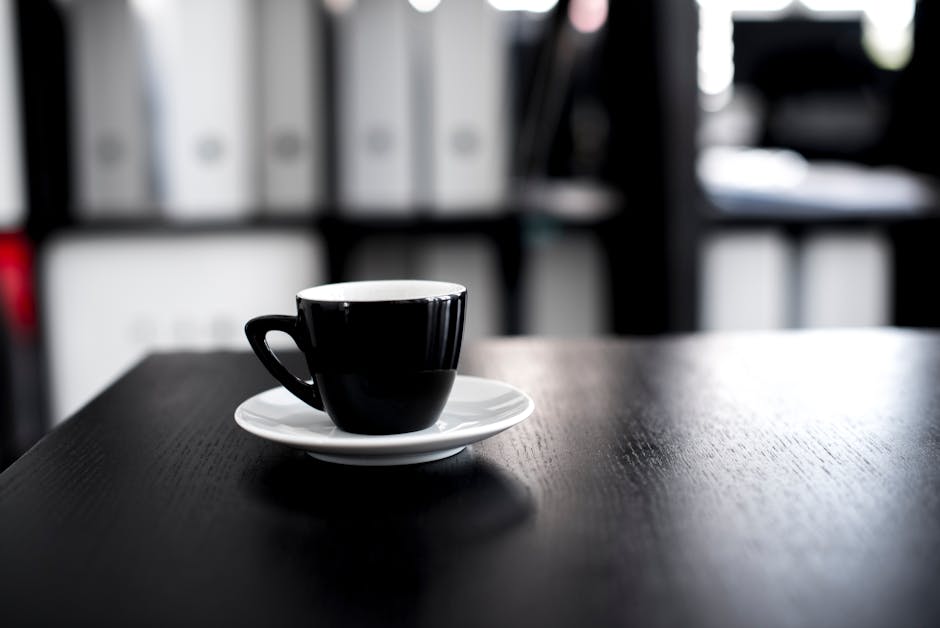
How to Make Perfect Decaf Cold Brew at Home
Read More →